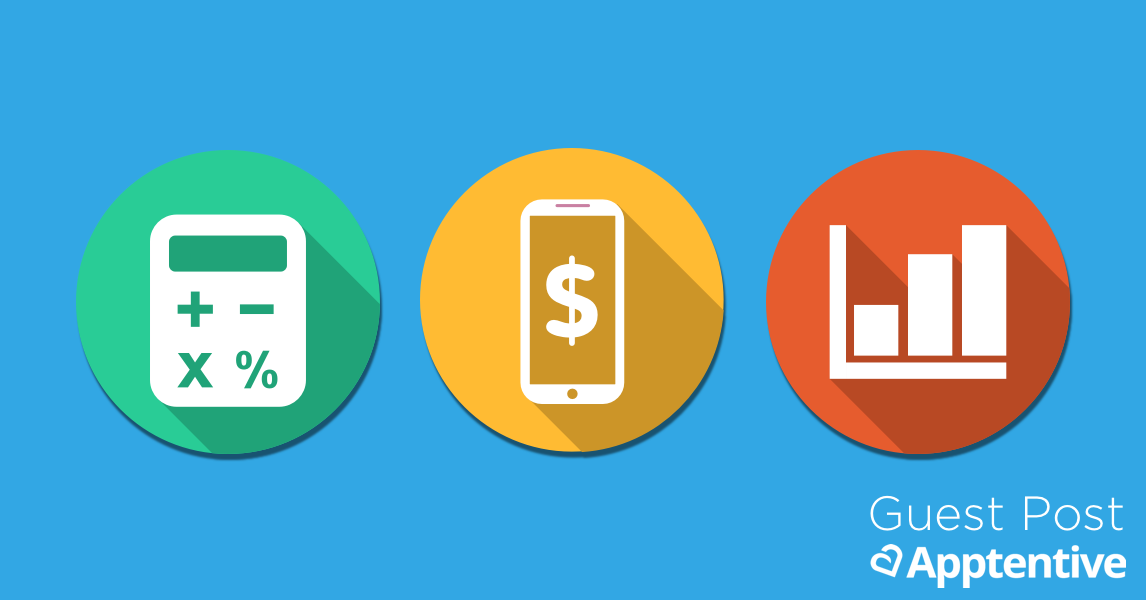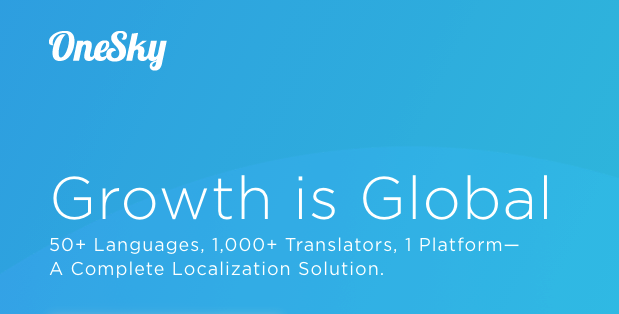The Math Behind the App Business
Monetizing your mobile app requires understanding the math behind the app business. This understanding—of your metrics and revenue drivers—ultimately enables you to dissect your business model. It allows you to hone in on any bottlenecks that could be costing you business, and identify any areas of improvement that can be optimized to better achieve your goals.
The math of the app business is neither scary nor intangible. The truth is, the entire app business can be summarized with one equation. Know this one equation, and you’ll be able to masterfully leverage and manipulate each of its integral variables to demonstrate a clear, quantifiable effect on your bottom line.
The math behind the app business is applicable to all app markets and, when used correctly, can be applied to any app, regardless of location. No matter where you are in the world or what stage your app is in, the equation and calculations behind it can help boost your revenue by providing better value to your customers.
In today’s post, we’ll dive into the one equation behind the app business and the seven separate metrics included to help you expand your share in the massive app market.
Let’s dive in!
The math behind the app business
Over the past five years at Apptentive, we’ve learned a lot about the many metrics and strategies that indicate an app’s performance and profitability. While each app has a unique design and use case that lend themselves to different business models, they all share a handful of metrics necessary to their success. Together, these metrics take the mystery out of monetization. They are readily quantifiable and play together in a predictable manner, regardless of the app or chosen business model.
Let’s look at the seven metrics that make up the math behind the app business:
1. Monthly active users (MAUs)
The number of mobile app customers who have actively engaged with your app over the last month. While marketers and product managers have the freedom to define the parameters around the term “active,” the active customer count is usually filtered through a combination of usage and last seen statistics. Commonly, app publishers consider any customer who has launched your app at least once as an active customer; however, some publishers impose more stringent criteria or record active users on a weekly or daily basis.
2. Installs
The number of customers who have not only downloaded your app but have taken the next step to install it on their device. On average, 30% of your total downloads will convert to installs.
3. Customer retention
A measurement of an app’s ability to engage and maintain its customers over an extended period of time; in this case, one month. Retention varies by app store category, with commonly reported benchmarks suggesting an average 40% one-month retention rate and a 4% one-year retention rate.
4. Average revenue per user (ARPU)
The average dollar amount each customer attributes to your app’s revenue over a given timeframe. ARPU is usually calculated in monthly terms and commonly averages out your revenue by your monthly active users, rather than your total install count. Below is a quick way to calculate ARPU:

5. Customer insights
Trends and key findings gathered from customer feedback and app analytics. Customer insights speak to the wants, needs, and behaviors of your customers. When acted on, such findings are invaluable in identifying new features to add to the product roadmap or improving individual areas of your app to boost customer engagement, loyalty, and revenue.
6. Personalization
Cohesion between the customer experience and the individual preferences of your customers, based on an analysis of your customers insights. The in-app experience can be made personalized by delivering contextually relevant, value-adding content respectful of your customer’s preferred style of brand communication. A personalized app experience is integral to driving customer lifetime value; and ultimately, your bottom line.
7. App revenue
The dollar amount of revenue generated by your customers over a given time period; in this case, a month. App revenue can be generated in the form of advertisement revenue, in-app microtransactions, subscriptions, or downloads (in the case of paid apps).
Bringing it all together
These seven metrics are interlinked and combine to form one equation that sums up the entire app business. That equation is:

Here, monthly active users, average revenue per user, and total revenue are all straightforward, quantifiable variables that form a single, consistent equation. The other four variables are your levers. Tweaking any of them changes your total revenue, but the relationship is less predictable.
The beauty of this equation lies in its simplicity. When making decisions about the direction of your app, remembering this one equation allows you to quickly assess if you’re moving the needle on any of the components and, thus, improving your bottom line.
At Apptentive, as we work with marketers, product managers, and developers on how they can grow their business, we find ourselves returning to the equation on a regular basis in order to track progress. Importantly, successful teams are now routinely working against this equation when thinking about their product roadmap, features, and customer feedback. Categorizing your work in terms of the impact and results you anticipate driving is a clear way to ensure the tasks that are most important are getting done.
In conclusion
As you grow your app and your business, always remember the math behind the app business, the one equation that impacts your success. By ensuring that everything you do benefits one of the four levers on revenue, you can maximize your resources and improve your profit.
If you keep focused on maximizing your installs, higher retention, and better monetizing your audience, you’ll soon find yourself with more loyal and valuable customers, as well as higher rankings and improved ratings. The equation may be simple, but the work is not. It requires continued investment, commitment, and evaluation to move the needle on each and every piece of the equation and build a sustainable app business.
This is a guest blog post by Apptentive, a mobile customer engagement software that helps companies listen to, engage with, and retain their customers. Check their website and follow them on Twitter.



 Written by -
Written by - 


 Written by
Written by 



Interesting insights. For in-app monetization, here’s an article about the math you need to know about:
https://instabug.com/blog/mobile-in-app-purchases/